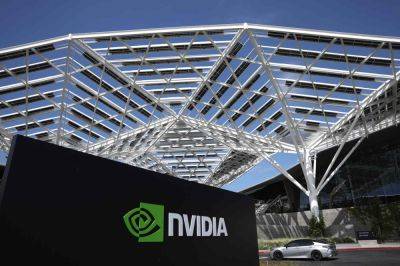Environmental impact of AI: Pioneering solutions for a sustainable future
The past several years have seen artificial intelligence (AI) emerge as a global transformative force possessing the power to revolutionize several industries. From autonomous vehicles to smart home devices, AI-driven solutions have permeated various aspects of our lives, promising increased efficiency and convenience.
However, alongside these advancements, the environmental impact of AI has also come under scrutiny. For example, the massive computational power required to train and deploy AI models, and the growing energy demands of data centers have raised concerns about its sustainability and carbon footprint.
The ongoing proliferation of AI has led to a surge in energy consumption, contributing to carbon emissions that can exacerbate climate change. The magnitude of energy required to run AI instructional processes can be quite astonishing, so much so that the training of a single AI model can result in the emission of more than 626,000 pounds of carbon dioxide equivalent, according to a recent report in Forbes.
To put this into perspective, this is nearly five times the lifetime emissions of an average American car. Such statistics highlight the urgent need to address the environmental impact of AI and find sustainable solutions to reduce its carbon footprint.
Moreover, as AI technology advances and is integrated into different industries, understanding and addressing its environmental consequences will become paramount.
In the pursuit of mitigating AI’s growing environmental impact, developing and implementing “optimization algorithms” have become a focal point for the success of this fast-evolving field.
Optimization algorithms are designed to enhance AI models’ energy efficiency without compromising their performance
Read more on cointelegraph.com


















